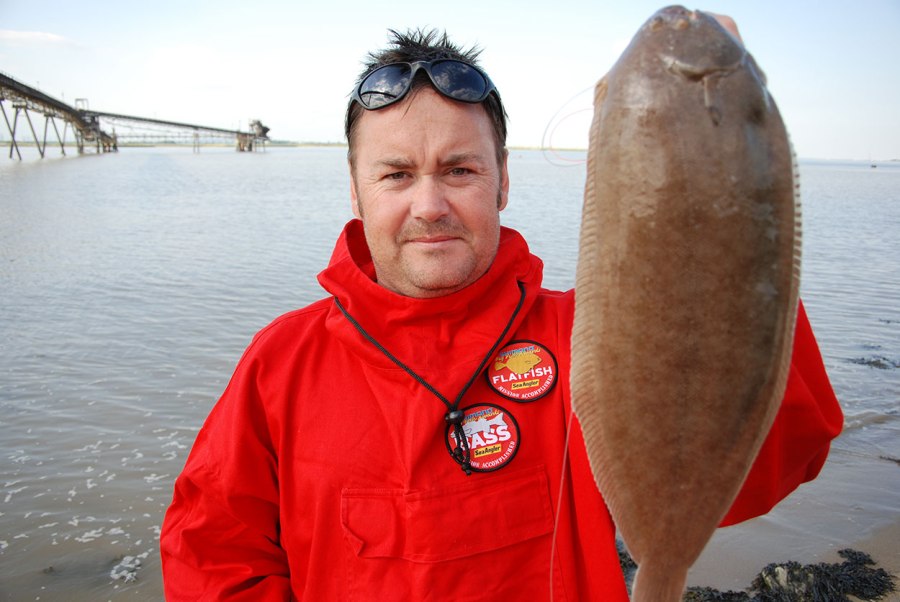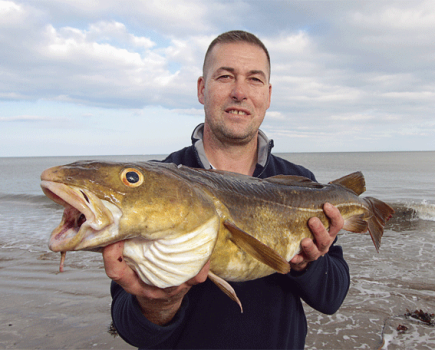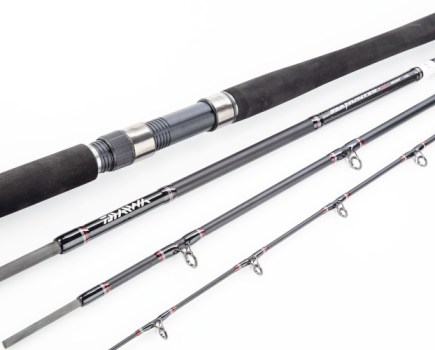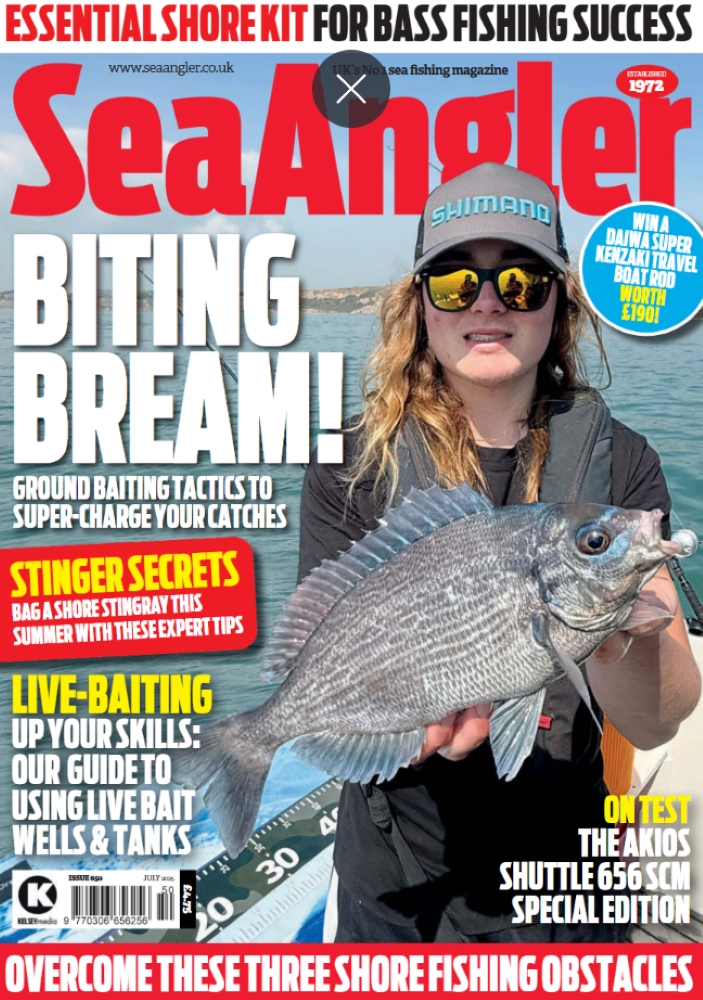The sole and solenette is unlikely to be confused with any other flatfish due to the shape of its head. Sole reach a length of around 40cm, but some fish have been caught measuring 60cm. The solenette is much smaller, reaching around the 13cm mark.
Both these species are widely distributed around the British Isles and Ireland, favouring both mud and sand bottoms.
You will find the younger and smaller sole very close to the beach, while the older, wiser and larger sole will be living in much deeper water of up to 150m.
During the summer months, when the water temperatures are higher, the sole will migrate into the shallows – in winter they move into the deeper water, where it is generally a little warmer.
The smaller solenette lives in water ranging between 5 and 40m.
IDENTIFICATION
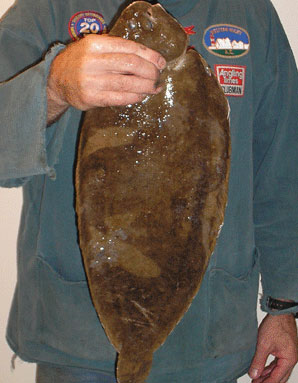 The sole and solenette are very similar. Their head is very rounded with a low-slung, semi-circular mouth which gives the soles a rather sad expression!.
The sole and solenette are very similar. Their head is very rounded with a low-slung, semi-circular mouth which gives the soles a rather sad expression!.
They both have very long dorsal and anal fins that are joined to the tail, plus they feature short filaments around the head.
The eyes are on the right side of the body.
They are a master of disguise as soles can alter the colour of their backs to suit the conditions, but generally they are a light brown with an array of darker blotches scattered all over the body. The underside is white.
Apart from the size, the way to spot the difference between a sole and a solenette is to take a look at the fins. The sole has a black mark on its tiny pectoral fin. The solenette has black stripes on its dorsal and anal fins – every fifth or sixth ray is striped.
FEEDING
Both the sole and solenette feed upon small bottom dwelling animals such as crustaceans and worms, but they will also feed upon small fish and molluscs.
The best baits to catch a sole will be crab and worms.
They feed best at night as they bury themselves away in the silt or sand during daylight hours, waiting for food to pass by.
BREEDING
Soles spawn in spring and summer in very specific areas in depths of between 40 and 60m. The females produce around 500,000 eggs that float and drift with the plankton.
The eggs hatch in around 10 days, depending upon the water temperature. They take on the characteristic flatfish shape when they reach around 12cm long.
At this time the tiny fish will have drifted into shallower water where they can easily swim to the bottom of the sea bed and continue their lives as bottom dwellers.

